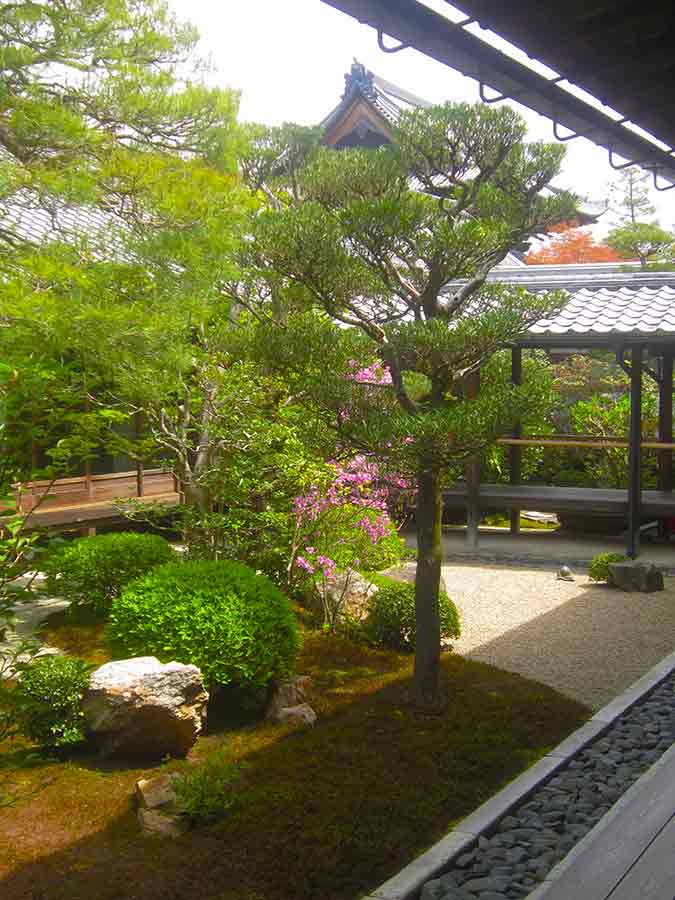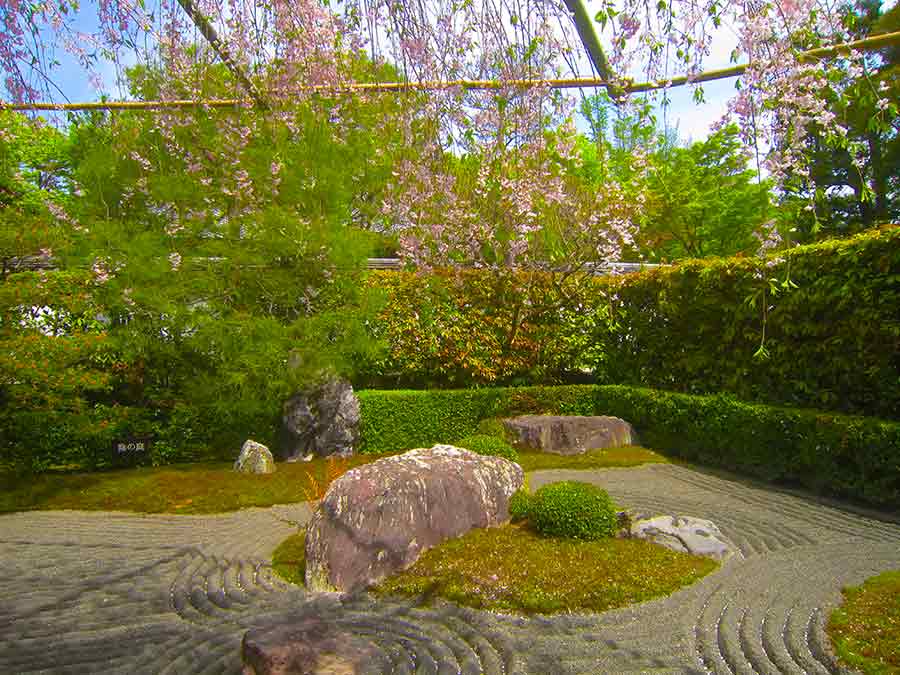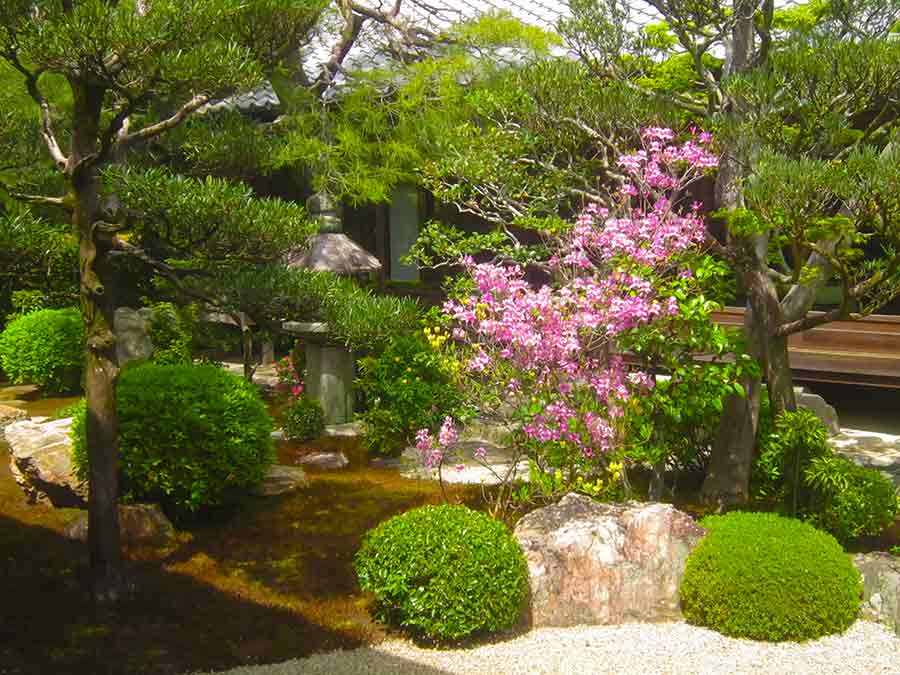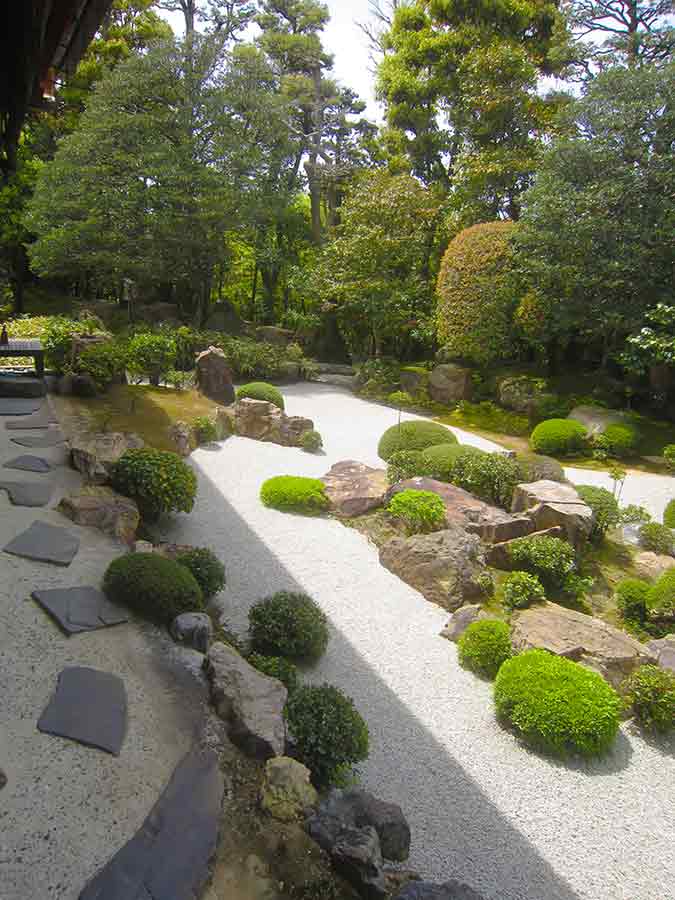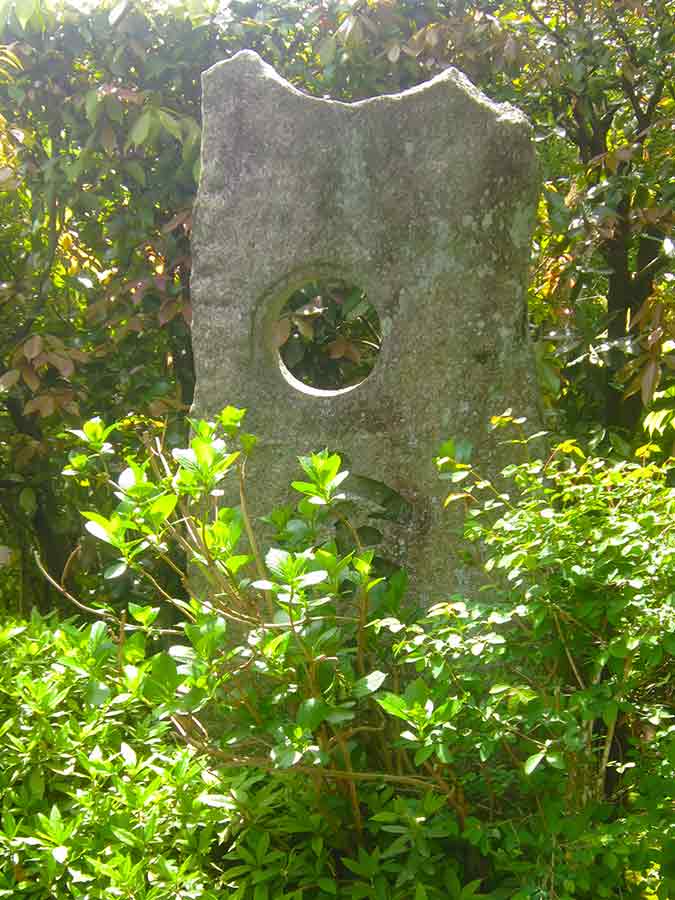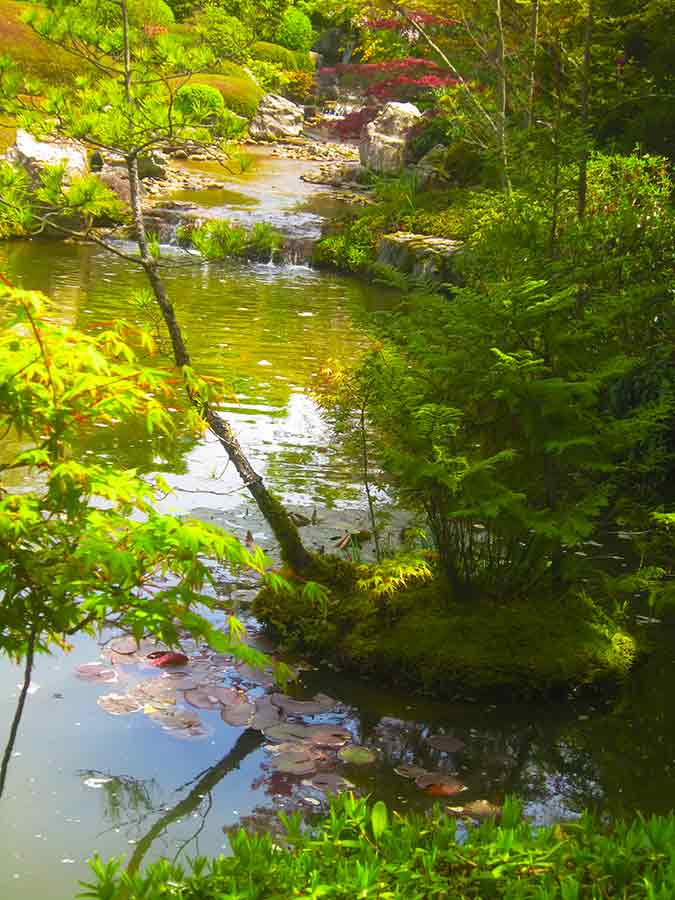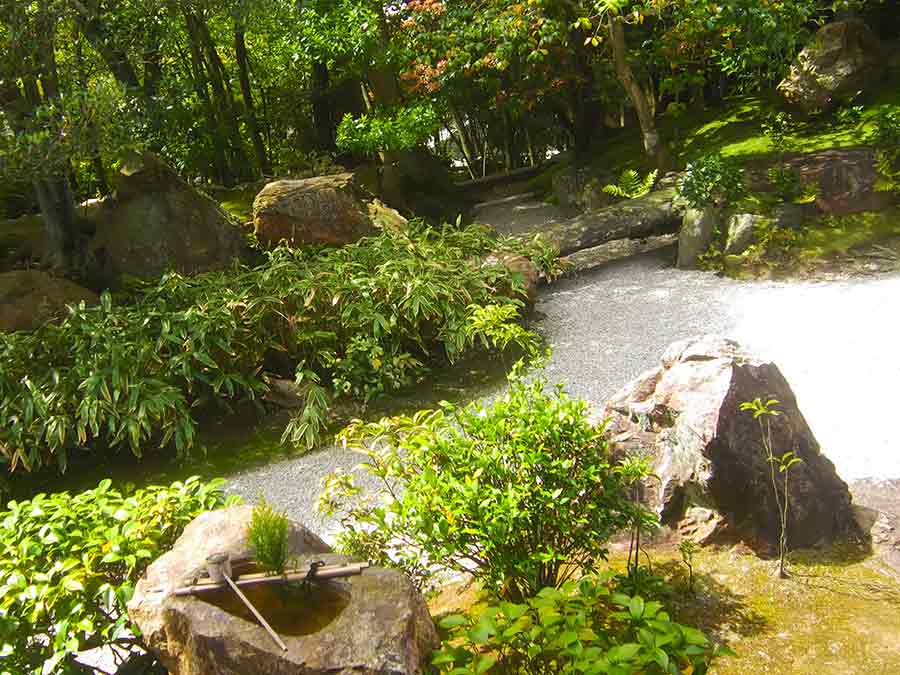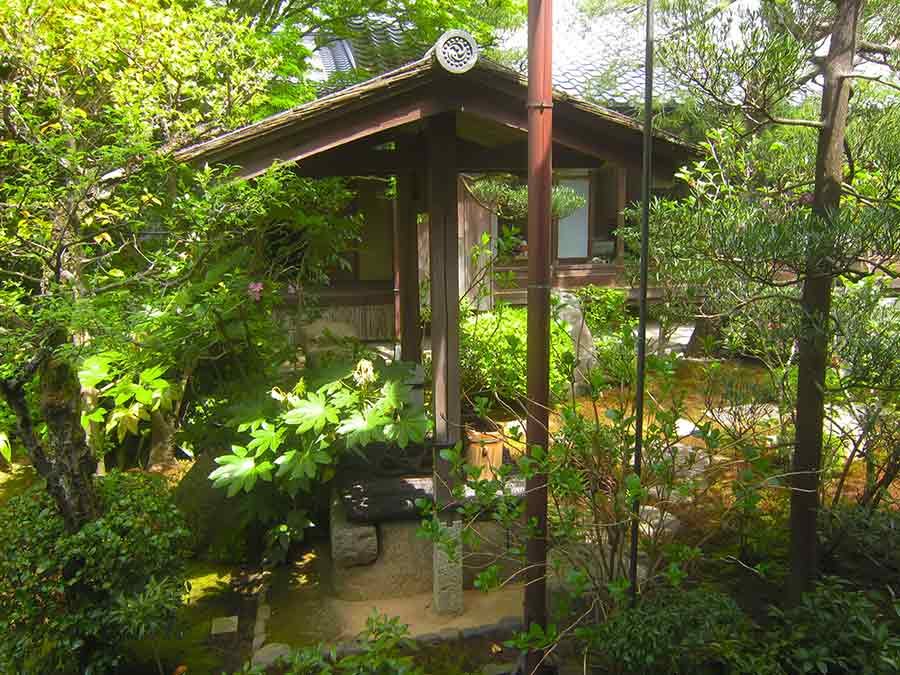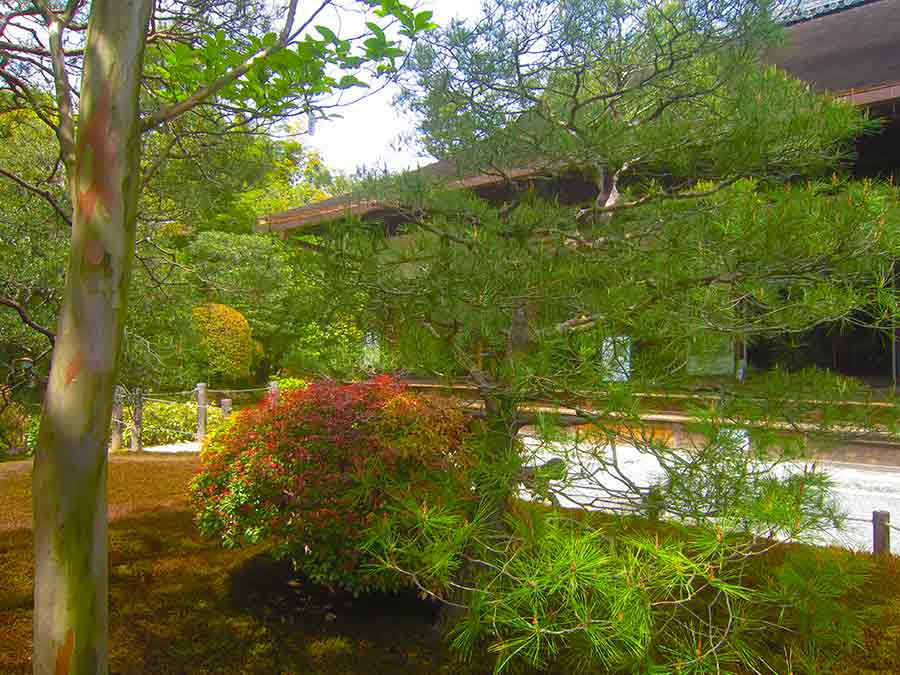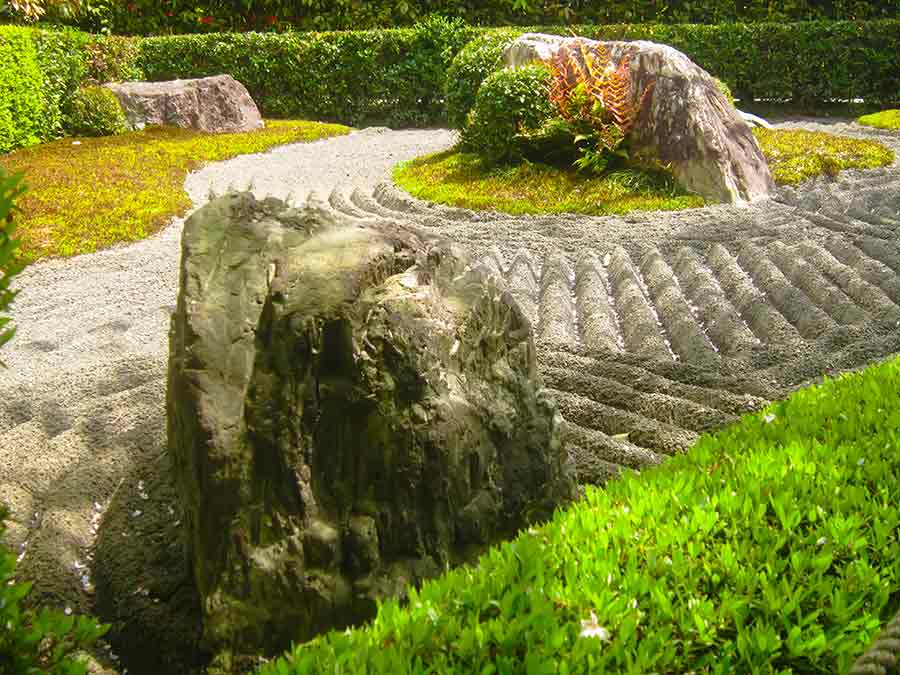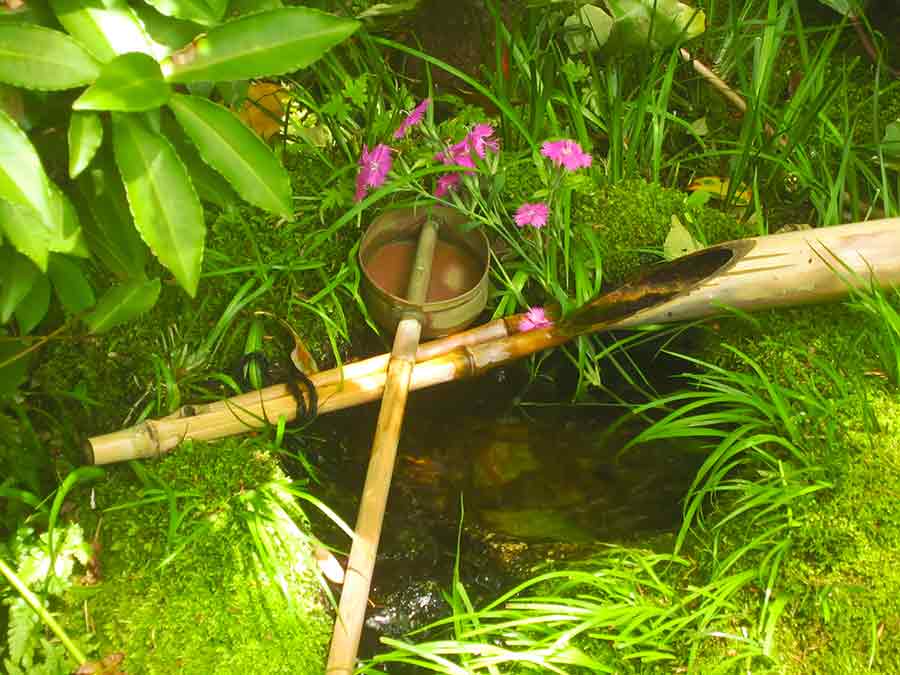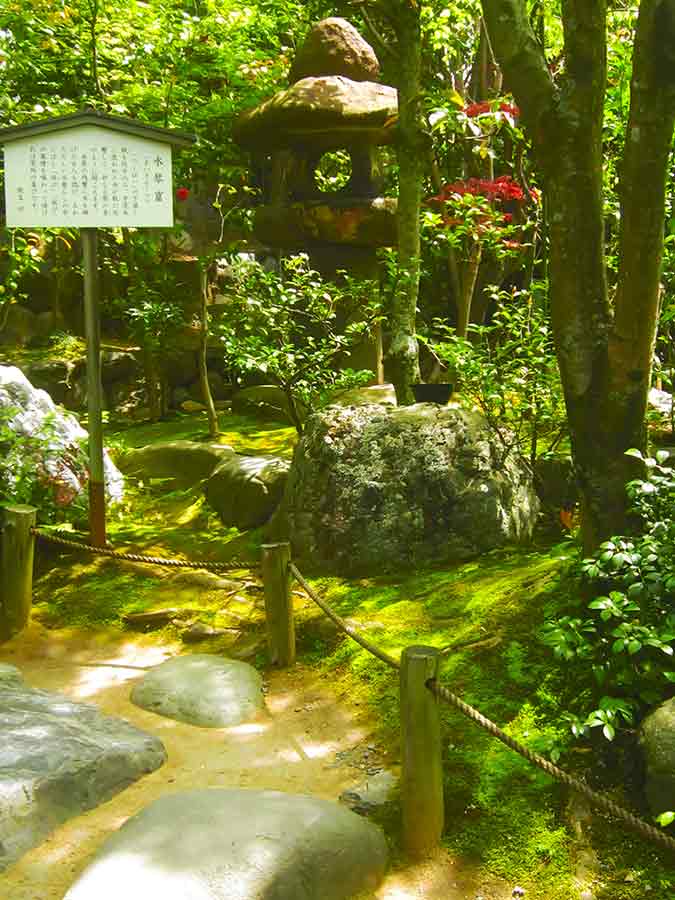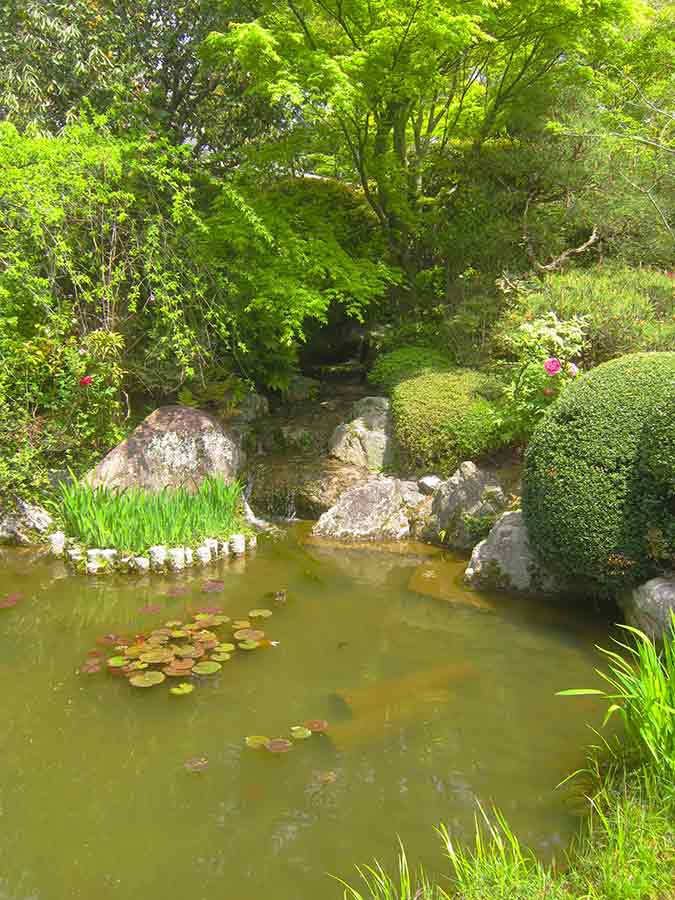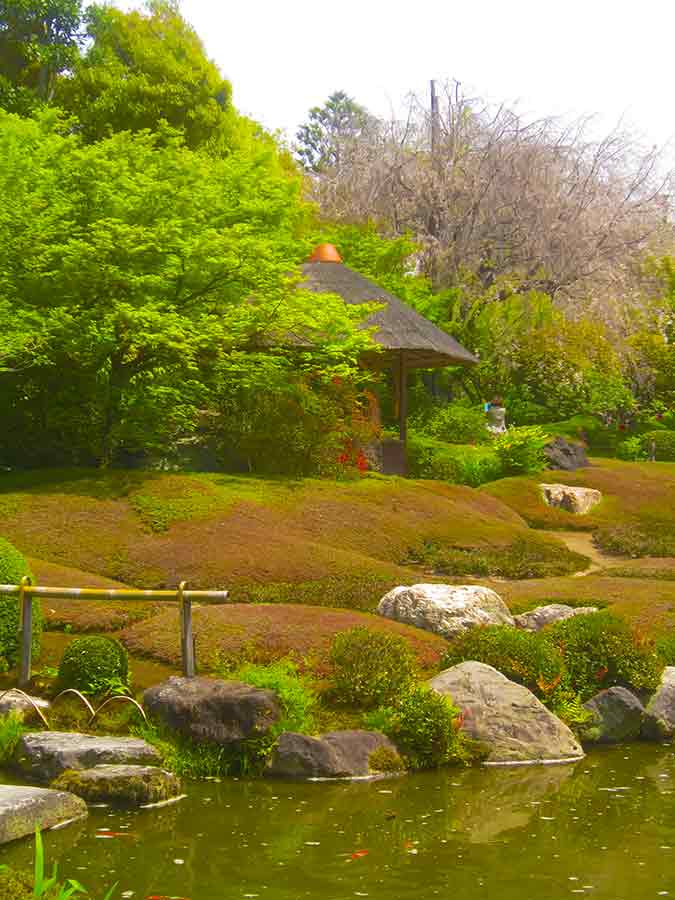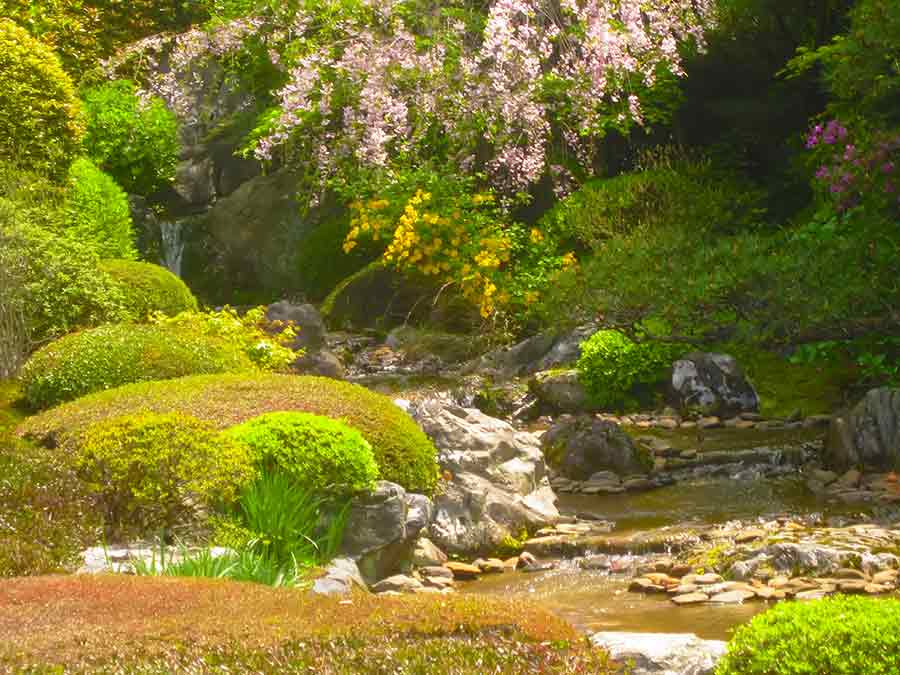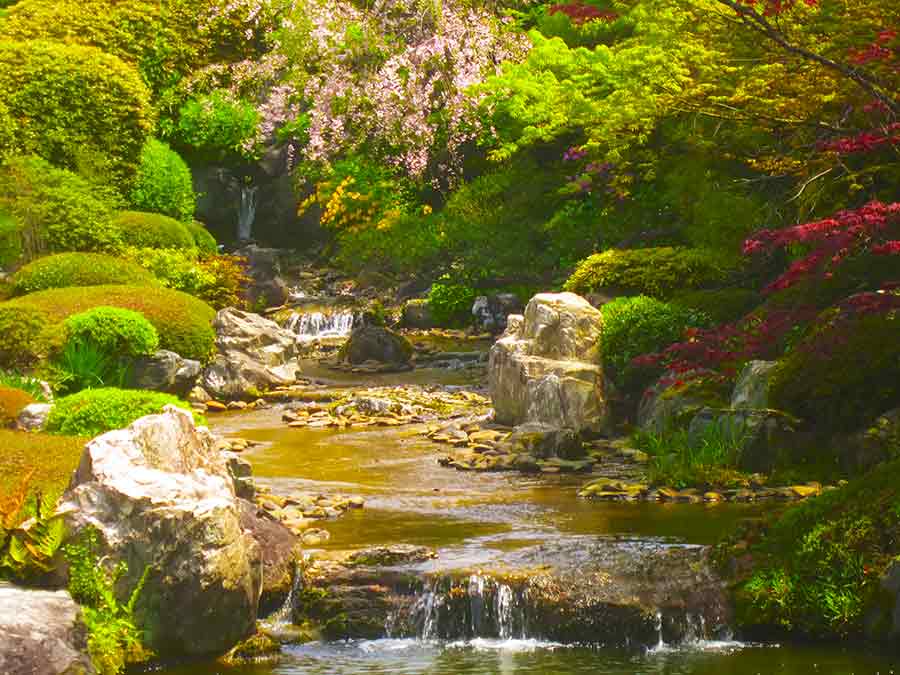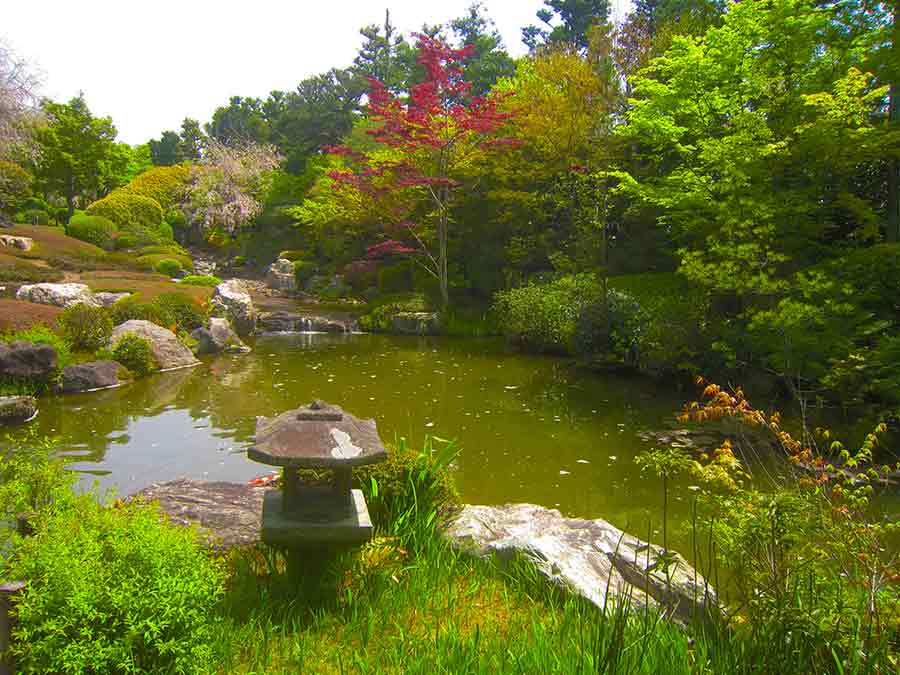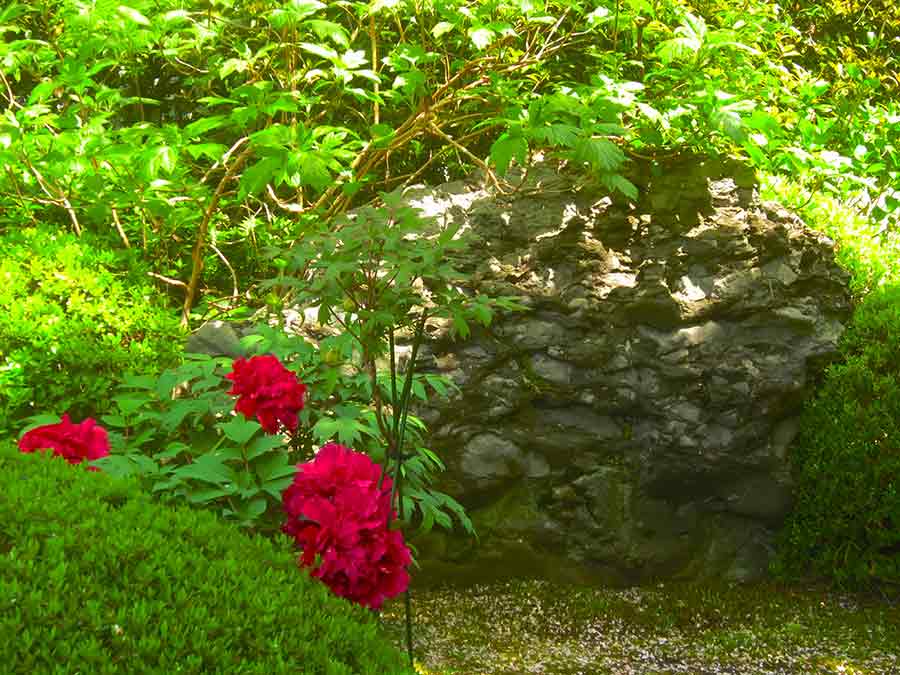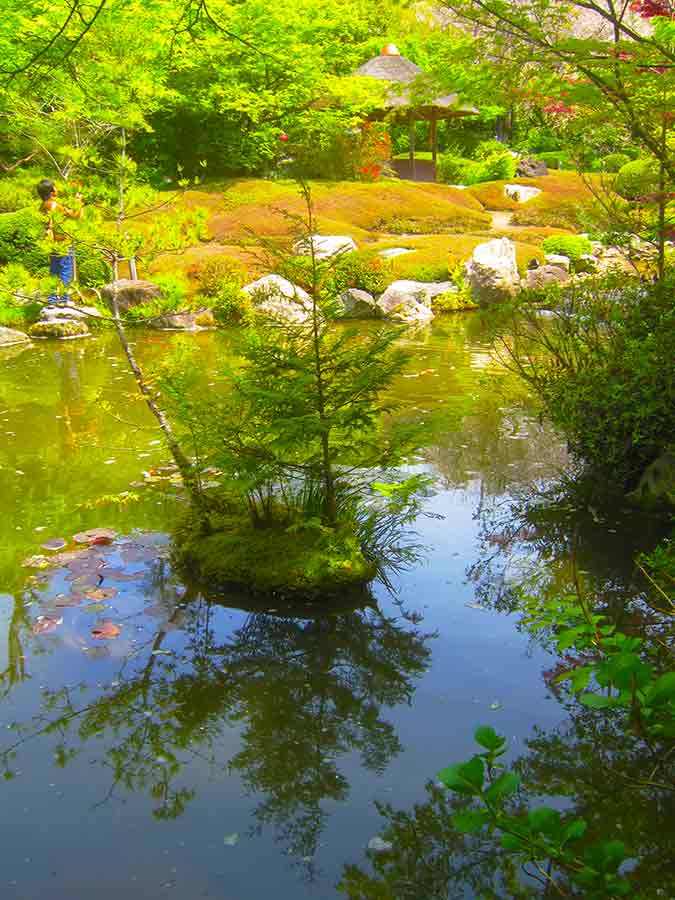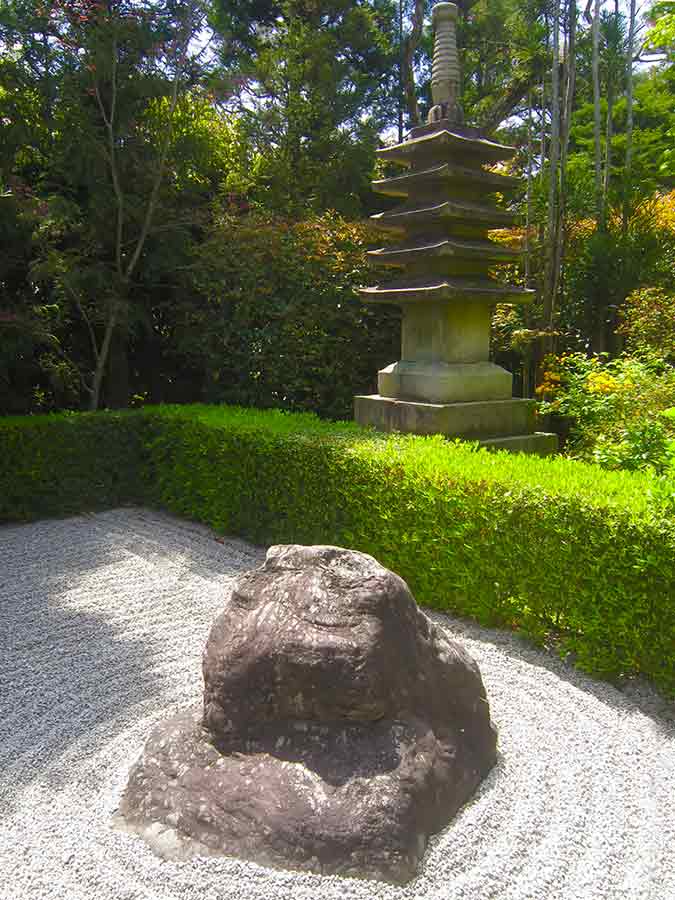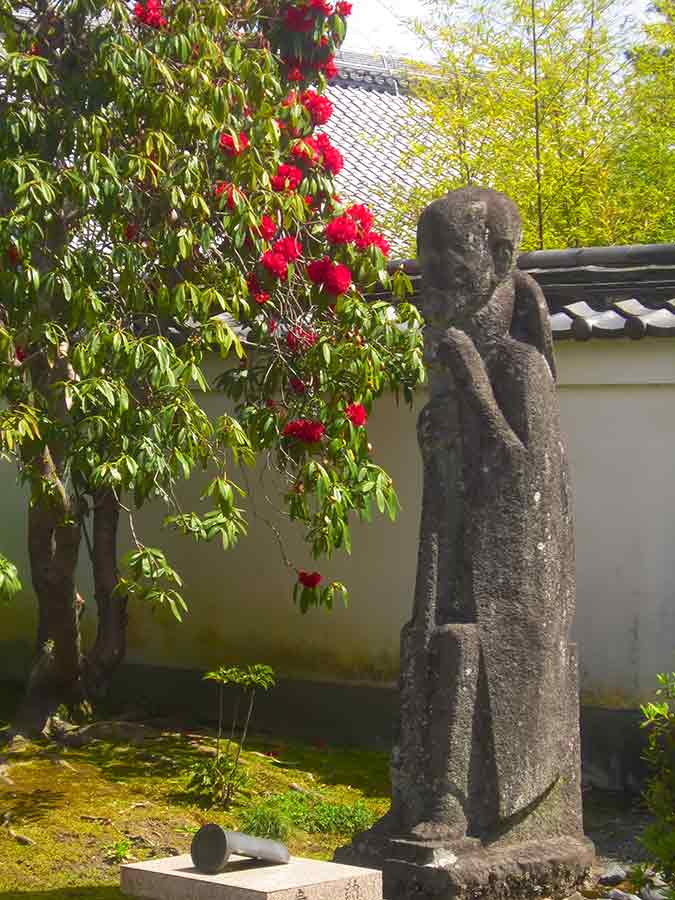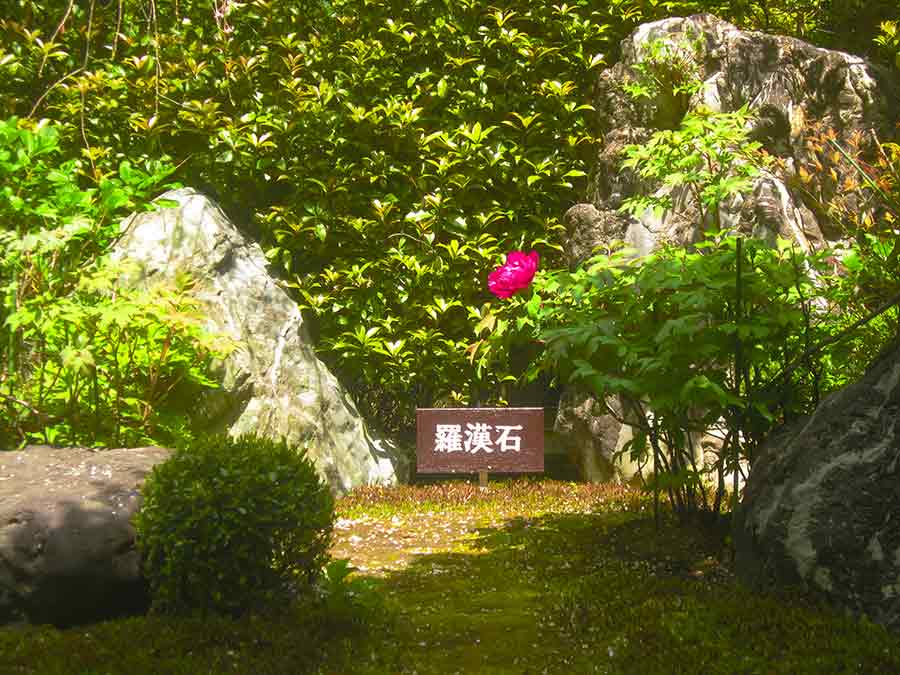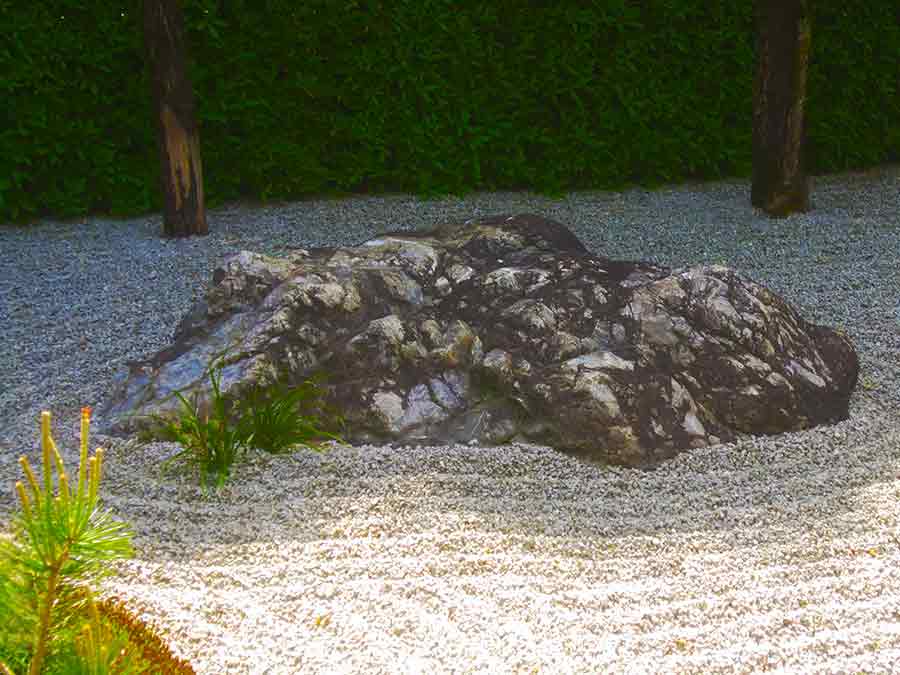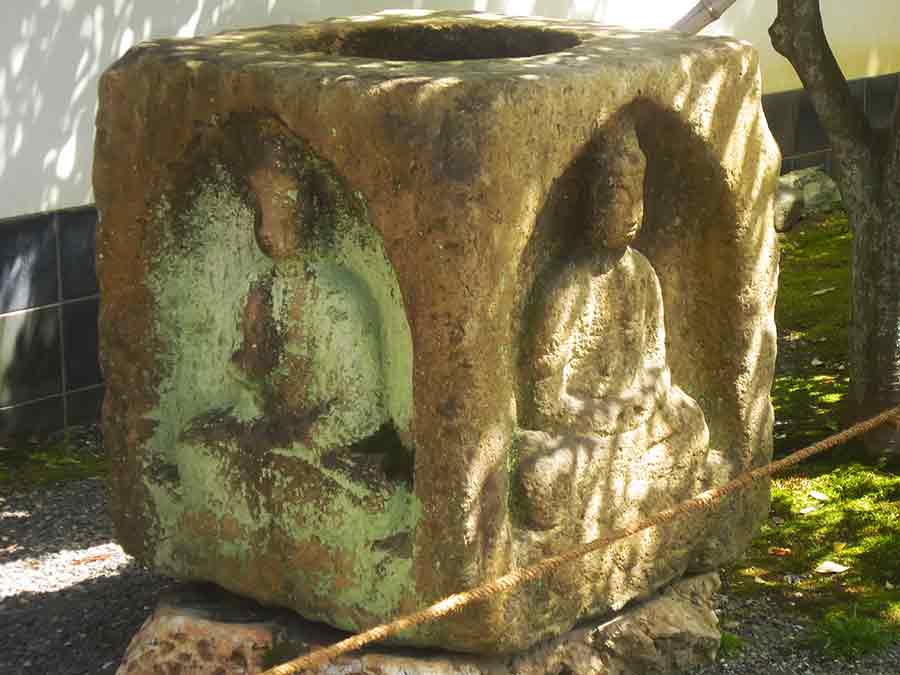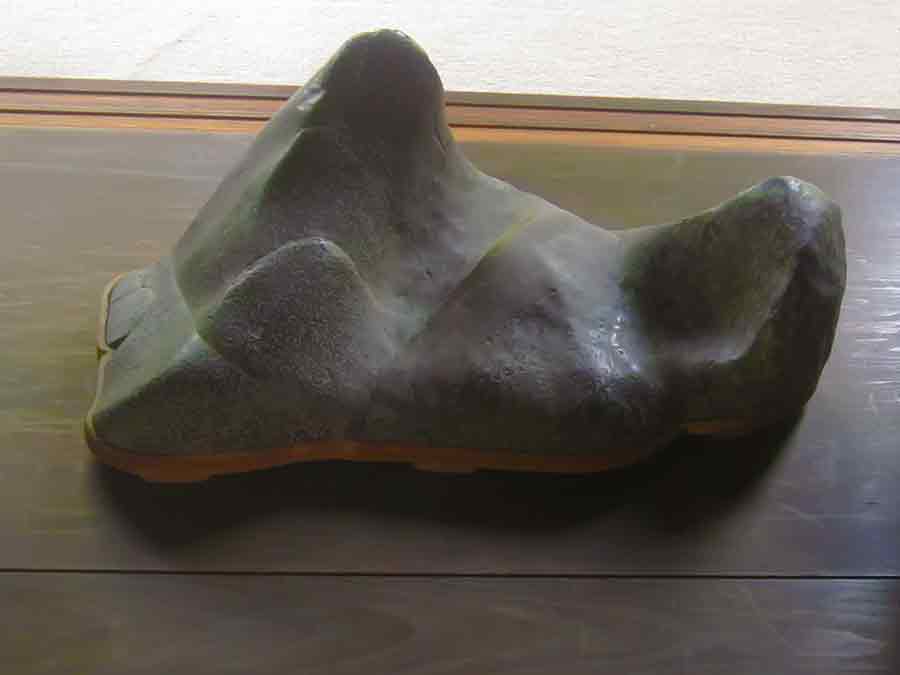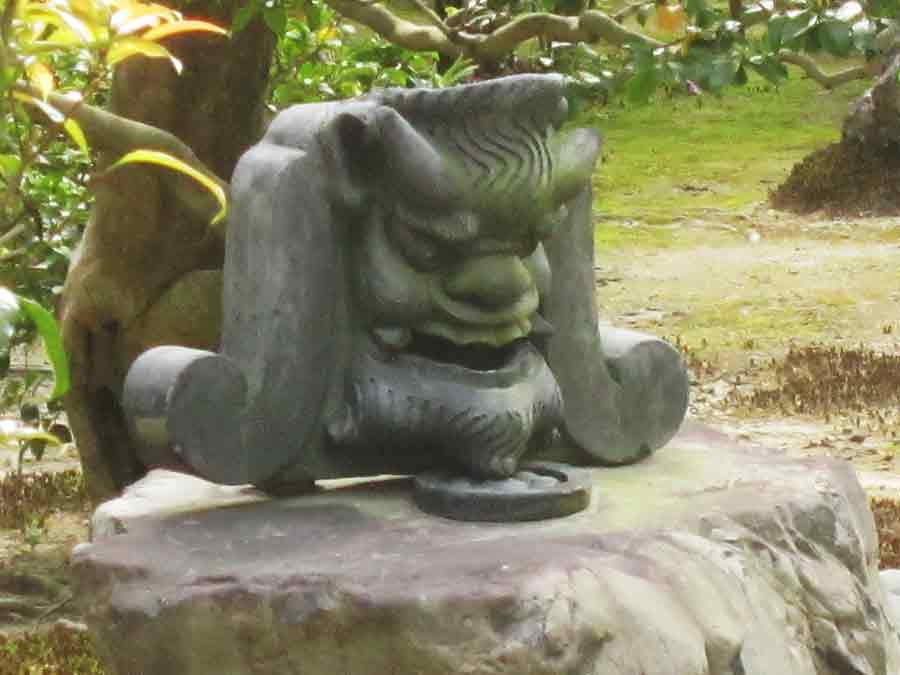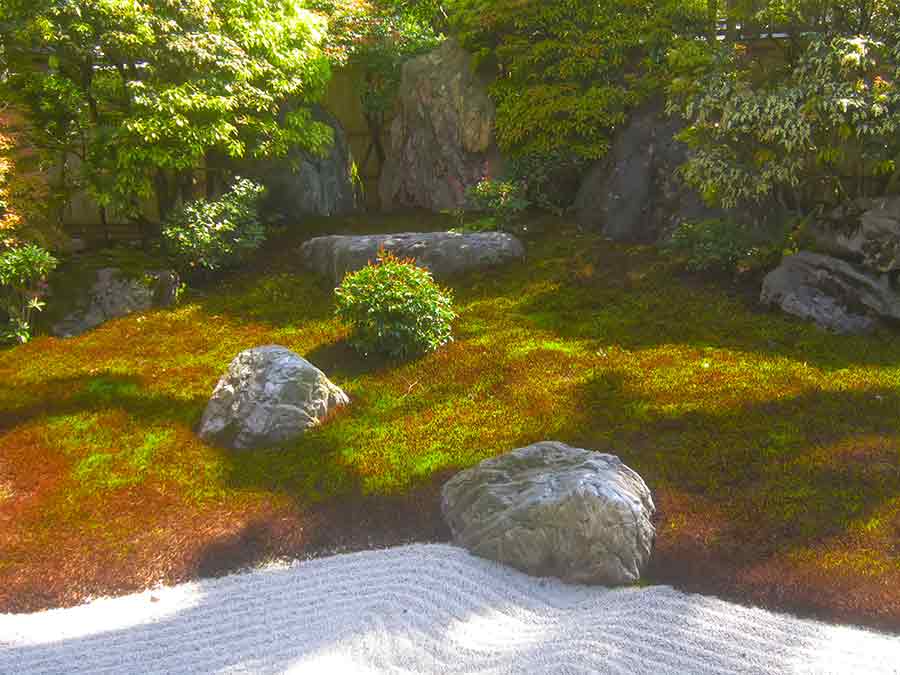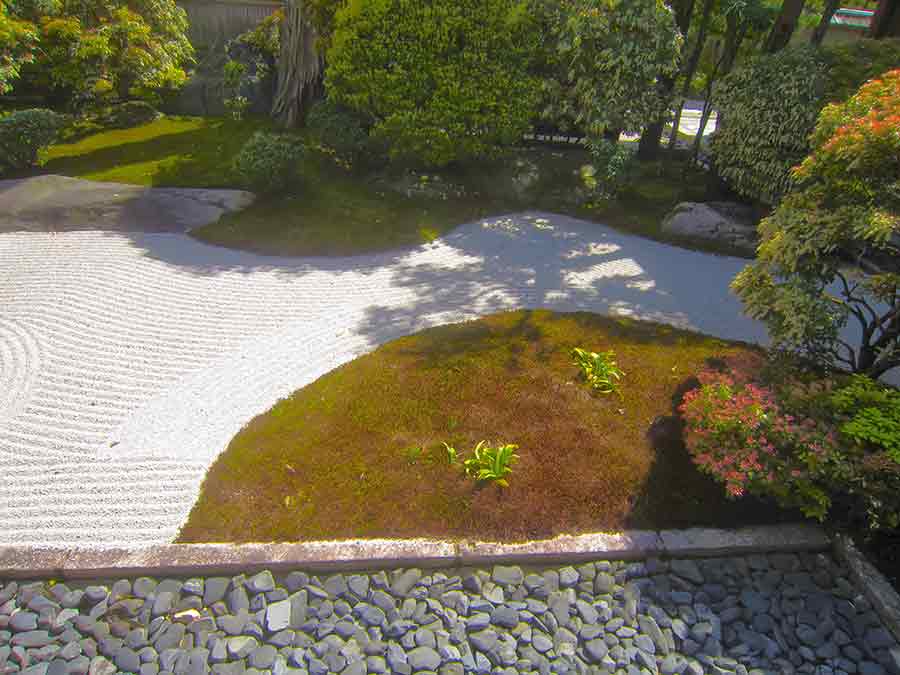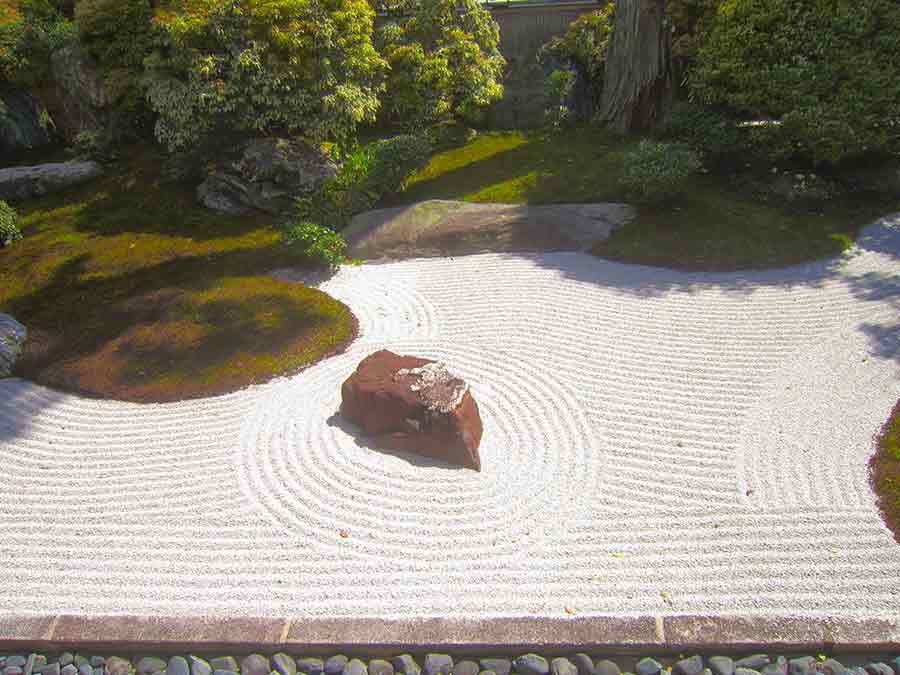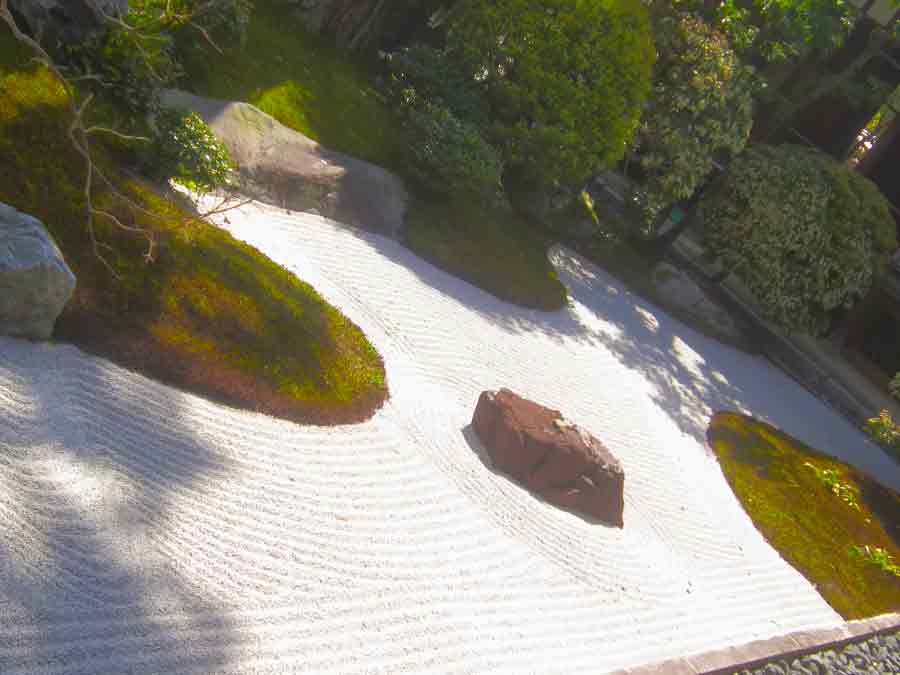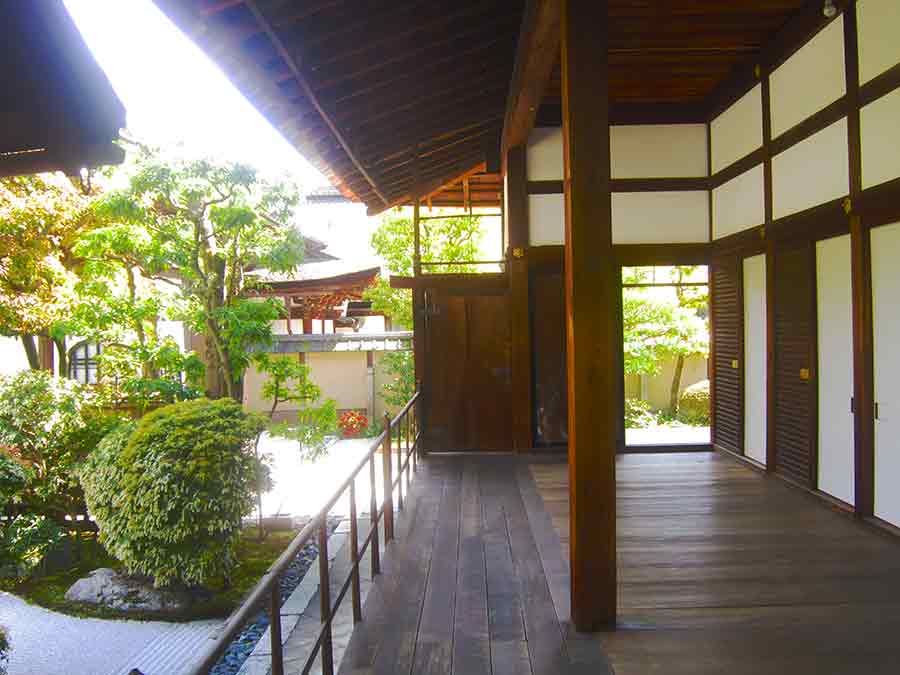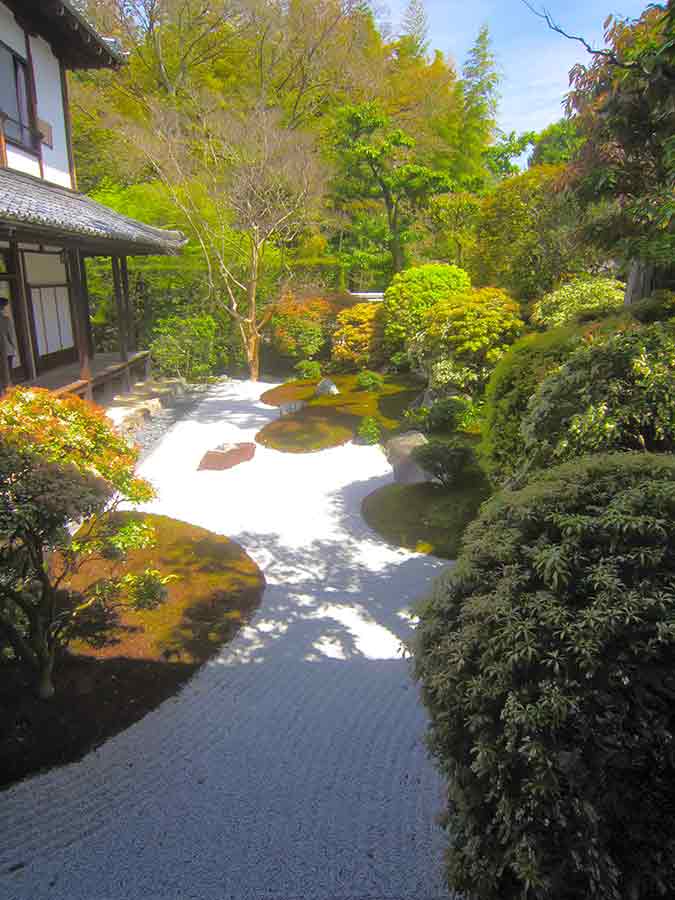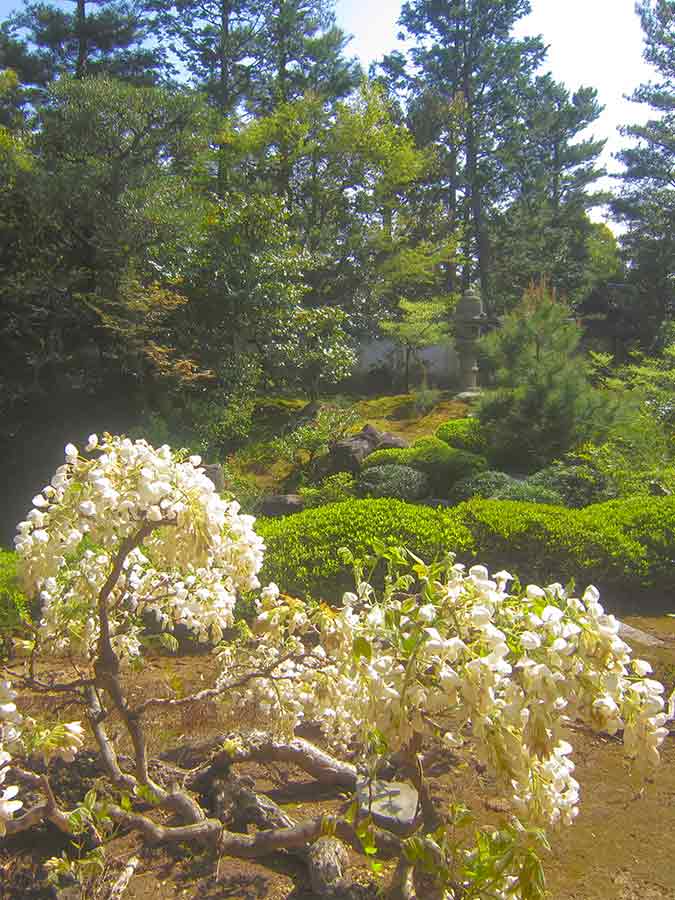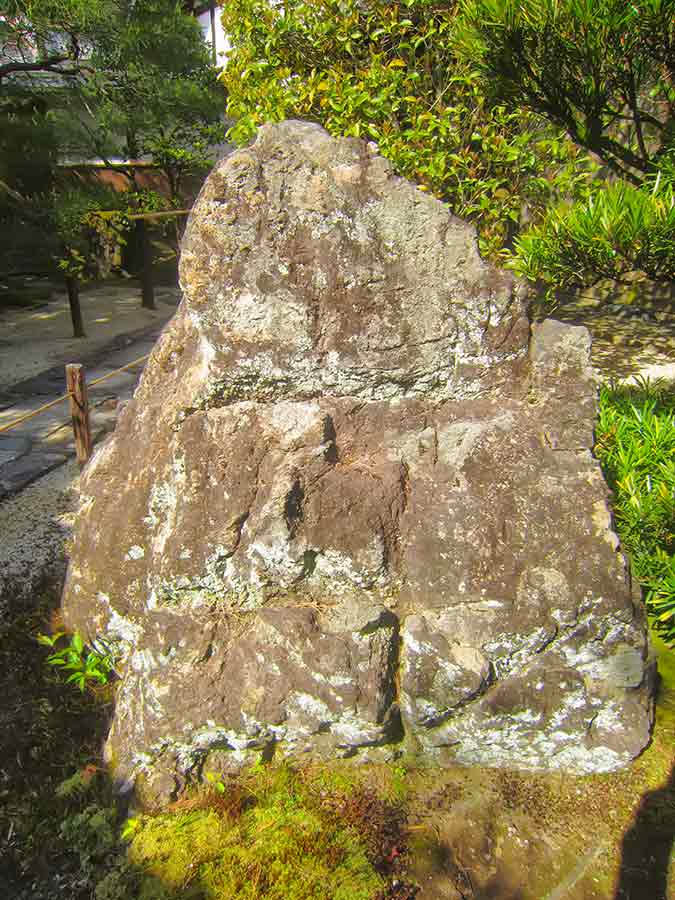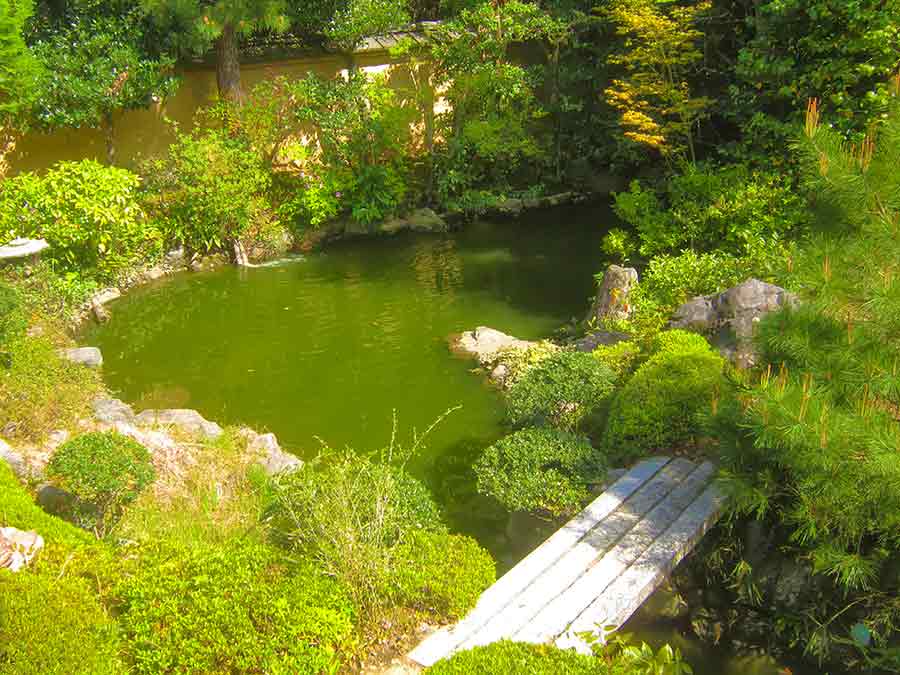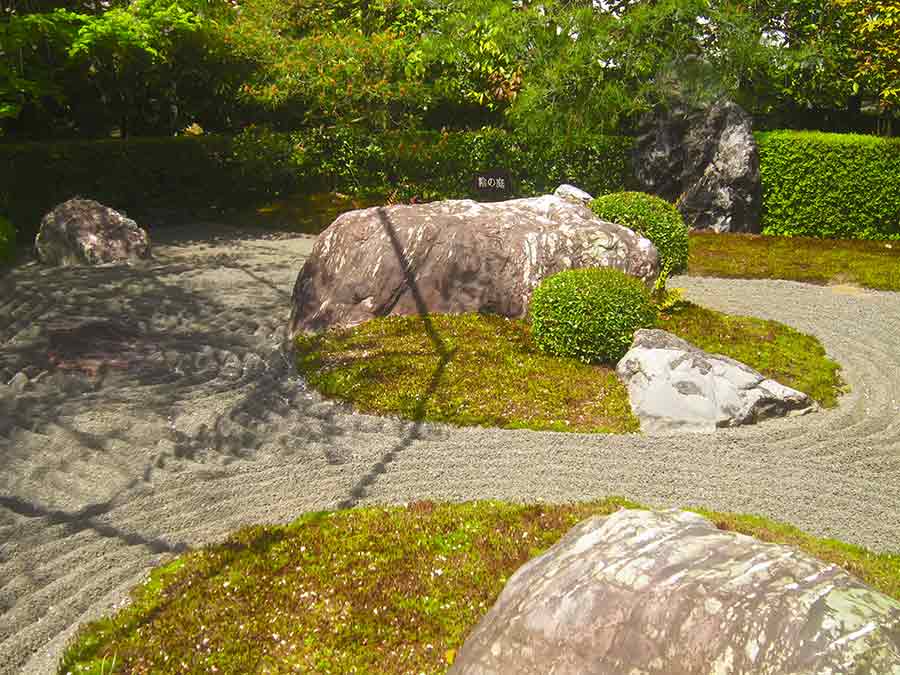Myōshin-ji Zen Gardens Kyoto: A Journey Through the "Flower Garden"
On the western outskirts of Kyoto, not far from the mountains ringing the ancient capital, lies a gently rising plain. From ancient times the nobility kept villas there surrounded by landscape gardens with flowering plants throughout the four seasons. In time the area came to be known as a “flower garden”.
Myōshin-ji is a large temple complex in northwestern Kyoto which includes about 50 subtemples in its main temple complex Myōshin-ji was founded in 1337 when the cloistered emperor Hanazono, a devoted practicer of Zen meditation, converted his imperial villa to a temple.
Discovering the Tranquility of Japanese Gardens
As I began my journey through the captivating Myōshin-ji Zen Gardens, I was struck by the profound sense of tranquility that enveloped me. Each carefully crafted scene seemed to hold a hidden secret, waiting to be discovered. The serene atmosphere of these gardens encouraged me to slow down, breathe deeply, and truly appreciate the beauty of nature in harmony with human artistry. The intricate balance between the geometric shapes of the buildings and the organic lines of the gardens outside created a visual symphony that I couldn't help but admire.
The Enchantment of Stone Arrangements
One of the most intriguing aspects of these Zen gardens was the way large stones were arranged to create symbolic meanings. I was particularly drawn to one garden where the stones depicted a dragon's head and coiled body, seemingly protruding from clouds. This visual representation seemed to convey a sense of power and mystique, capturing my imagination and inviting me to delve deeper into the garden's hidden narrative.
Myōshin-ji Zen Garden Kyoto
Reflections on Nature and Enlightenment
As I wandered through the gardens, I couldn't help but reflect on the idea that these Zen landscapes are designed to represent the path to enlightenment. With each meticulously arranged rock, raked gravel, and carefully chosen plant, I felt a connection to a deeper understanding of the world around me. The meditative atmosphere of these gardens allowed me to contemplate life's complexities while simultaneously finding peace in the simple beauty of nature.
Are you interested in KYOTO Gardens? There are more pages on ‘wisarts‘ about:
Zen Gardens in Kyoto - DAISEN-IN, GINKAKUJI, RYOAN-JI, TENRYUIJ, SOGENCHI - intimate essence of nature
Tofukuji Zen Gardens - visual renderings of enlightenment
Zen Gardens 2 in Kyoto KENNIN-JI, HOJO, DAIGOJI, HONEN-IN
Kyoto flower Gardens SHOSEI-EN, HEIAN, HARADANI-EN, TOJI, BOTANIC, NIJO-JO, KINKAKU-JI



